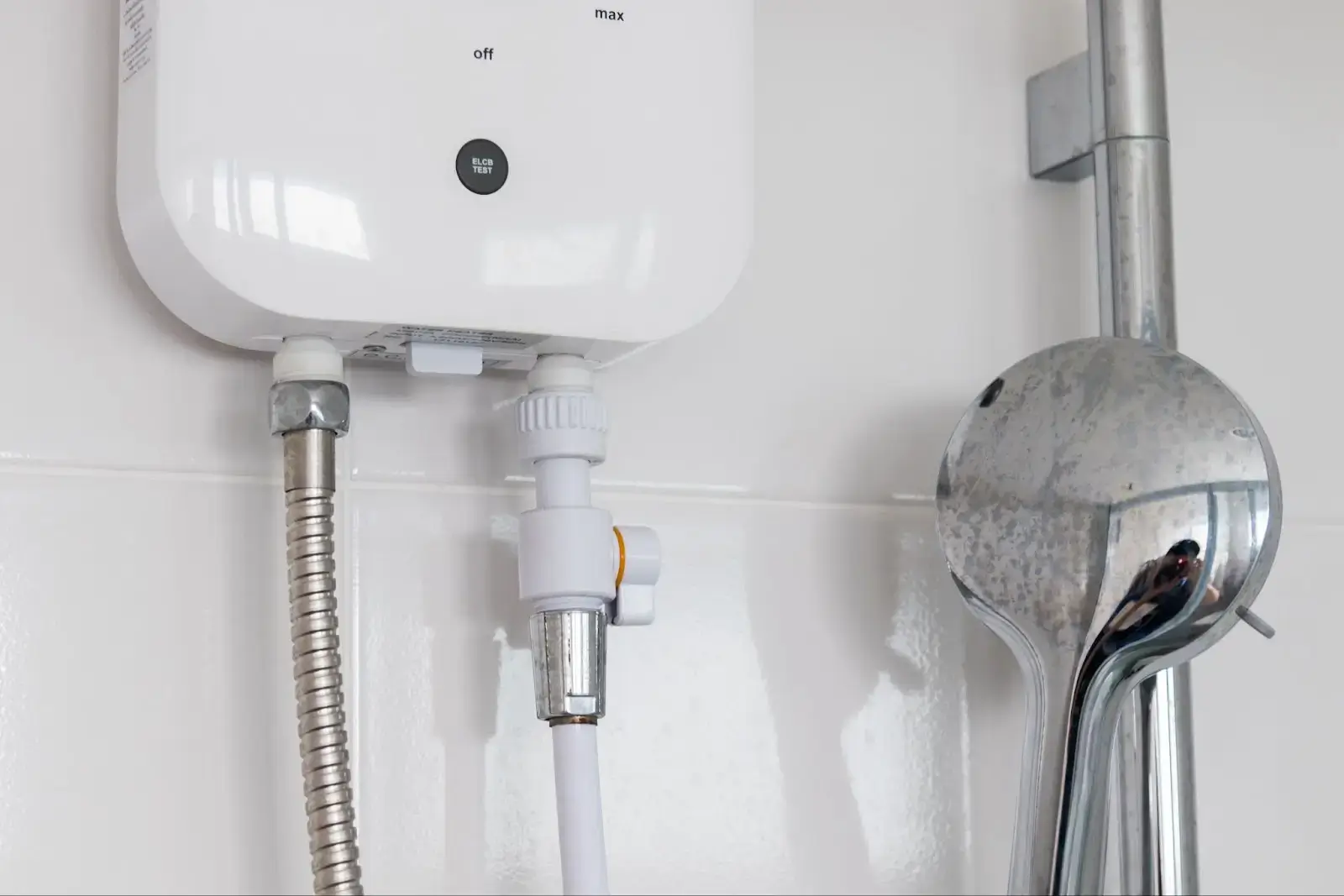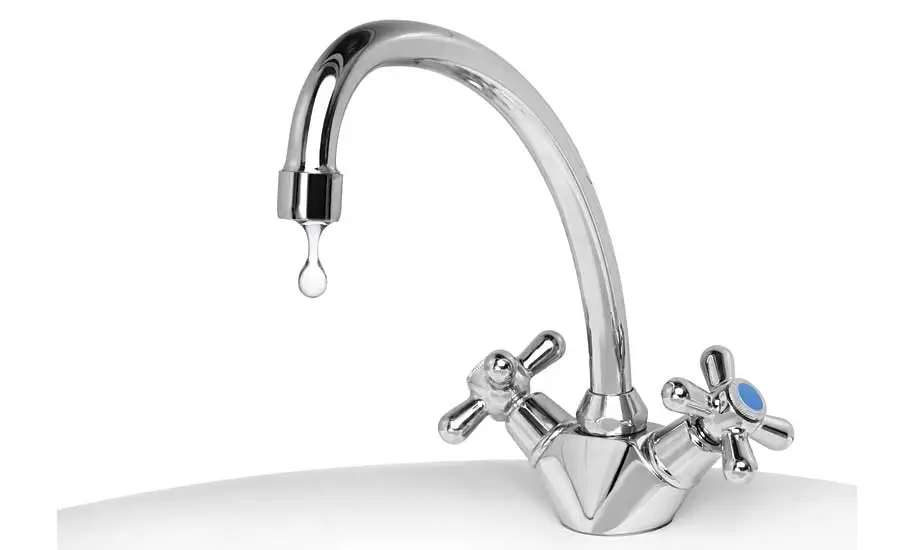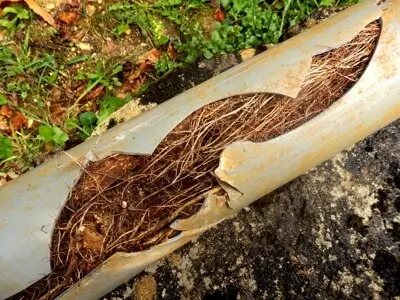One word: ventilation.
Things in winter differ from other seasons; it isn't just the drop in temperature. However, cooler outdoor temperatures do play a factor.
If you are wondering where all the dust is coming from when you rarely open doors and windows anymore, that may be the problem! Shutting your front door to prevent pollutants from getting in may trap dust particles indoors.
Here's a tip: the secret to a dust-free home isn't sealing it shut. However, what makes your house so dusty during winter?
Why is there More Dust in my House During Winter?
You, your family members, and your pets produce tiny particles that only exit your home when the wind blows through open passages. However, sealing ventilation systems and small cracks to keep the cold air out only results in dust accumulation. You can attribute your excess dust problems to your winter habits.
Your air conditioning system may not manage sufficient ventilation. Its air filters may be overwhelmed by the vast demand, filtering and conditioning air quality alone. As your air conditioner facilitates airflow, it can keep dust particles outdoors from getting into your living space.
Your air conditioning system overcompensating for inadequate ventilation may negatively impact its components. Your furnace or air conditioner may collect dust and redistribute them into all areas of your house. Knowing what's causing more dust to settle into your house is the key to preventing a continuous buildup.
What Causes Dust?
Airborne dust doesn't appear out of thin air, even when it seems like it does. However, not all dust particles come from the outdoors. Dust, dirt, skin cells, carpet fibers, and even food particles float around your air ducts and house. With dry air and low humidity in winter, they will freely drift from one room to another, leaving your house dusty with poor indoor air quality.
Here are some of the most common causes of dust buildup in your house.
Dust Mites
Dust mites don't come from dust. However, it does add to your dust problem. Dust mites feed on dirt, human skin flakes, and dander. These mites settle into dark and dusty corners, away from direct sunlight.
Dead Skin Cells
Dead skin cells are a prime food source for dust mites. Your body produces dust by shedding older layers of skin, which you may expedite by scratching. Itchy eyes, head, hands, and feet? Every time you scratch that itch, you contribute to dust accumulation, feeding dust dwellers.
Pet Dander
Like human skin cells, your four-legged friends aren't any different. Your cats, dogs, and hamsters produce their own dusty byproducts. We know how much they love scratching! It isn't only their dander that's saturating your air, but their hair may be all around you. Still, it's not only their hair you should worry about.
Hair
Human hair sheds just like pet dander. It leaves your house so dusty because it's blocking all inlets and outlets of your HVAC system or air purifier, leaving microparticles floating around your house. These large pollutants may clog your air filters, hindering adequate filtration and purification.
Microparticles
The amount of dust in your home isn't only dust and dirt. There are other microparticles besides carpet dust that accumulate and make your house so dusty. If you have a heating system with combustion elements like a furnace, soot can quickly fill your air ducts and the rest of your HVAC system. It may be redistributed soot if your air vents are black and dusty. Cheap filters can succumb to soot saturation, resulting in inadequate heating.
Harmful contaminants
Remember, dust and soot are harmless. However, if dust is present in your indoor air, there may be more than just harmless pollutants in your house.
Soot is not only bad news for your newly upholstered furniture but your health. Unfortunately, soot is bad enough. Black mold may be in the air, warranting costly remediation. However, when black dust appears, soot isn't the only possibility.
You can prevent all kinds of pollution from making your house so dusty, not just in winter but all year round.
How to Maintain Good Indoor Air Quality?
The amount of dust in your home during winter is primarily due to sealed windows and closed doors. Don't think the abundance of heating will keep you safe from inhaling all that dirt. Depending on your filters' Minimum Efficiency Reporting Values (MERV) rating, they may not hold up against particle pollution.
Particle pollution inside your HVAC air filters and air purifiers will result in energy loss, impacting your air handlers. It would be best if you protected even your filters with a high MERV rating from dust and other external pollutants. An HVAC unit might have air filters with a low MERV rating and will be unable to reduce dust to improve air quality.
Here are a few tips to ensure your room is clean and doesn't contribute to airborne contaminants.
Keep Your Shoes Outside
Your snow boots may track in clumps of snow caught in their treading. When you first walk into your home with snowy shoes, you might not see any specks besides ice clusters. However, after being in a warmer setting for some time, particles may begin defrosting, unleashing leaves, dirt, and other gunk into your home.
The snow caught in your shoes may hold little stones, mud clumps, twigs, and leaves if you live near a gravel road. Winter weather may freeze it now, but melting will expose your house to different pollutants contributing to your dusty environment. If you are used to bringing your shoes indoors, start healthy habits that bring in less dust, prints, and germs.
- Get a shoe rack made of water-resistant material.
- Keep the shoe rack by the front door or other access points.
- Take your shoes off upon entering.
- Routinely wipe it with a damp cloth to trap various debris.
- Wipe-off excess moisture with a dry cloth.
Use Indoor and Outdoor Mats
A good alternative to shoe racks is doormats. You can have one doormat outdoors and another indoors. Opt for ones with durable and waterproof material. Grating your shoes on a spiked-rubber mat outdoors before walking into your home prevents you from tracking snow, mud, and gravel. Don't forget to use your vacuum cleaner on these mats. Otherwise, you might track in overflow.
Routinely Open Ventilation Systems
Regularly opening doors and windows help blow dust out of your home. Contaminants such as germs, viruses, and mold spores thrive in stagnant air. Ensuring abundant ventilation prevents these pollutants from settling in your house's dark corners and air handlers. It lets natural light in and blows pollutants out of your house.
Make the Most of Your Vacuum Cleaner
You shouldn't only vacuum mats and carpets. Vacuum all fixtures with fabric on them, even upholstered furniture. Different fixtures with fabric are secret culprits, breeding dust, and mites. Your pet's hair and dander may stick to the static pull of these fabrics and get caught between crevices. Regularly deploying your vacuum against these elements will result in fewer dust bunnies and improve air quality.
Don't forget to use your vacuum on vertical surfaces like chimneys, window panes, and cabinets. Clusters of dust may settle in small indentations we don't often inspect.
Use Air Purifiers
A standalone air purifier is like having your own cleaning service at home. You won't have to hire anyone else to purify your air. Unlike an HVAC system, your purifier prioritizes air filtration and purification instead of altering temperatures. If you have a purifier in every room, dust should be less noticeable, if any at all. However, a purifier alone won't eradicate the presence of dust. Air filters filled with dust are unable to deliver optimum cleaning.
Check Your Air Filter
It goes with all air handlers, even mechanical ventilation systems. Always check their air filters. While reliable filters have a deeper threshold for pollutants, yours will depend on their size and capacity. Here are the two main filters nearly all installations have.
HEPA filters
HEPA filters capture large particles, trapping hair, dander, fabric, and plastic, among other pollutants. Contaminants as small as .3 microns get trapped within its mesh, but microparticles and gaseous contaminants still escape.
Activated Charcoal Carbon Filters
A carbon filter captures gaseous elements left behind by your gas stove, perfume, air spray, or decaying indoor plants. Bacteria and mold spores thrive in stagnant, humid conditions. Thankfully, these filters are responsible for filtering Carbon Dioxide in your air, reducing stuffiness and humidity.
Does my Air conditioner have an air filter?
Yes! Your air conditioning system prevents dust and other outdoor pollutants from infiltrating your home.
If you notice black dust around your air vents, furnace, or corners, it may not just be dust. However, their air filter system may overflow with pollutants, just like purifiers. A compromised air filter may result in leaky ducts and poor heating. A leaky duct may not be noticeable immediately and begin breeding mold colonies.
Mold and mildew are hard for us to notice at a glance. We must keep up with regular maintenance checks. Enlist a cleaning service to deal with abundant black dust.
Routine Maintenance and Tune-Ups for HVAC Systems
While we think mold won't thrive in winter, it will indoors. If there isn't enough ventilation for the dust to blow through, chances are your air quality is also humid, which is perfect for mold spores to escape harsh winter temperatures.
Professionals who conduct a pressure test can determine whether there's a leak anywhere in your ductwork and may prevent black dust buildup.
Sunset Heating and Cooling | Electrical
Trust our guys to keep your air filter clean and pristine. It is important to regularly maintain the internal components of all air handlers to ensure dust doesn't hinder their performance. We have the tools and techniques to keep your HVAC system in good working condition all winter long.
We can add a deep clean service to your furnace tune-up to ensure none of your HVAC units play a part in accumulating dust around your house.







